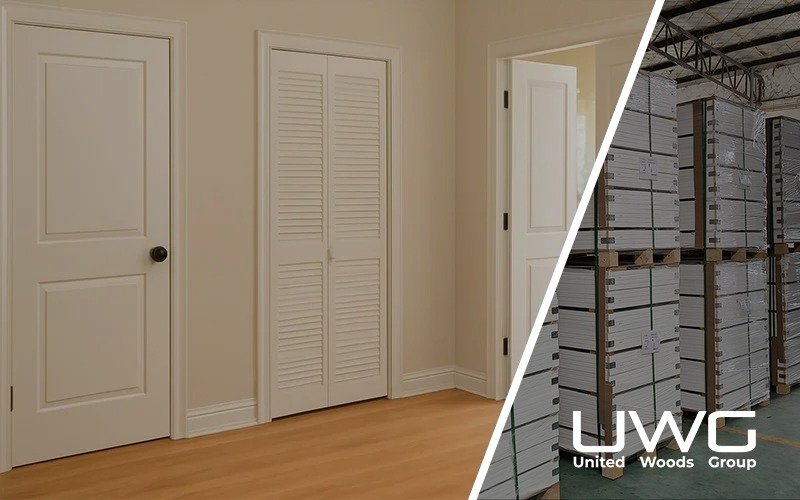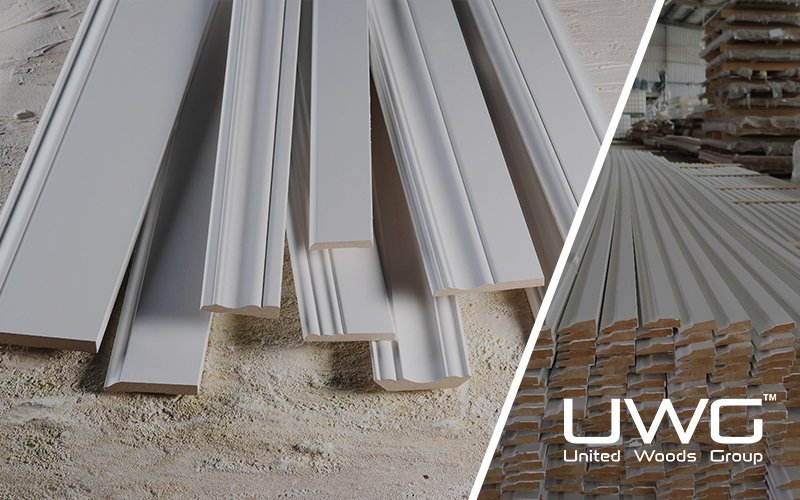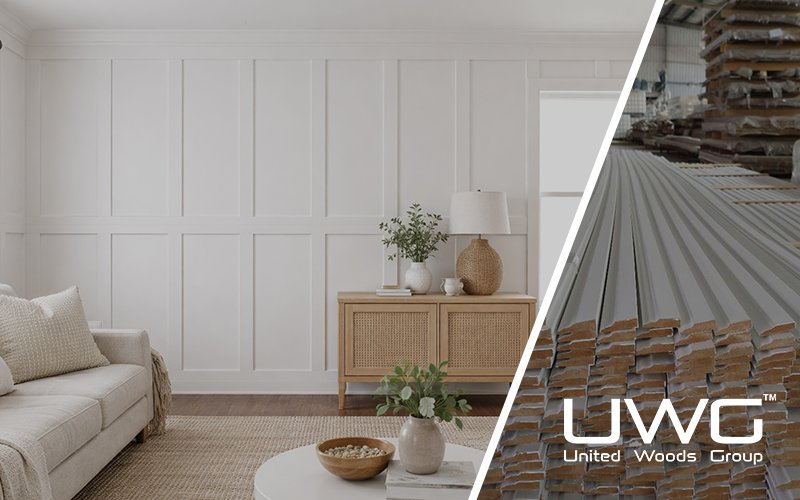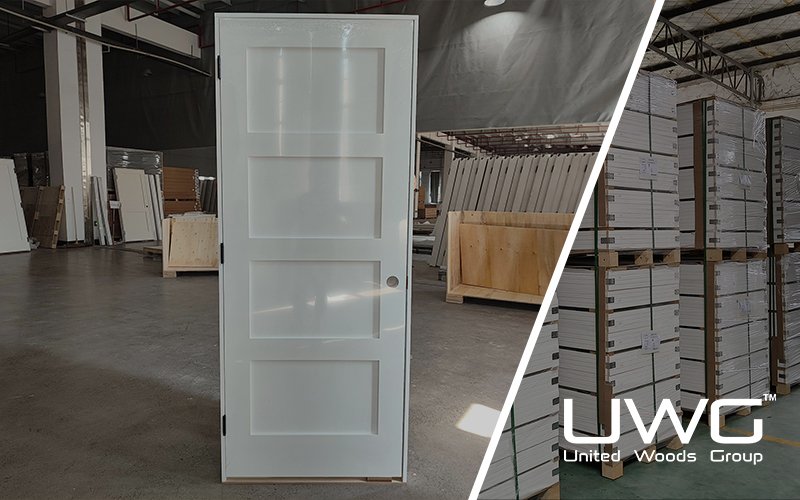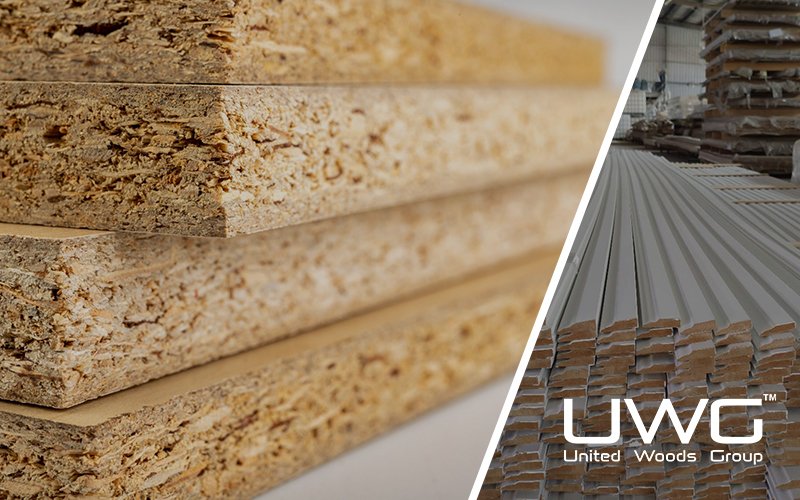You’re standing inside a building under renovation, holding the design blueprint in your hands. Your gaze falls on those interior doors that are either in need of an upgrade or are yet to be installed for the project. You start to ponder whether to upgrade the existing doors or purchase brand – new ones for this building endeavor. But with such a vast array of interior door types available on the market, it’s all too easy to feel completely overwhelmed and at a loss. Don’t fret! This guide will offer you an in – depth breakdown of the most common interior door styles and share expert tips to help you make the absolute best choice for your home or business.
The most common types of interior doors include panel doors, flush doors, French doors, sliding barn doors, pocket doors, bifold doors, and louvered doors. They all have their own characteristics and possess aesthetic functions. Panel doors are the most traditional, while sliding and French styles add character and space-saving benefits.
Now that you’ve seen the list, let’s dive deeper into what makes each door type unique—and which is right for your needs.
What Is the Most Common Interior Door Style?
The most commonly used interior door style in the U.S. is the panel door — but it’s far from the only option. Here’s a look at the most popular types, each offering a unique look and function:
1. Panel Doors
Panel doors represent a timeless and classic choice that is commonly encountered in the majority of homes. These doors are characterized by their distinctive design elements, which prominently include rectangular or square panels. The panels are meticulously arranged to create a harmonious and aesthetically pleasing appearance. Moreover, panel doors offer a versatile range of options, as they come in various configurations, including 2-, 3-, 4-, 5- or 6-panel designs, allowing homeowners to select the style that best suits their interior decor and personal preferences.
- Versatile and timeless
- Can be hollow or solid core
- Fits traditional and transitional interiors

2. Flush Doors
Flush Doors characterized by their completely flat and smooth surfaces, these doors eschew the traditional panels or intricate detailing commonly found in other door styles. Instead, they embrace a minimalist design philosophy, presenting a clean and unadorned appearance that exudes modernity and sophistication. The absence of embellishments allows flush doors to seamlessly blend into a variety of architectural settings, from ultra-modern urban lofts to minimalist suburban homes, making them a versatile and timeless option for those who appreciate the beauty of simplicity.
- Affordable and easy to maintain
- Ideal for modern or contemporary designs
- Common in apartments and commercial buildings

3. French Doors
French doors exude elegance with their full-length glass panels, that flood rooms with natural light and blur indoor-outdoor boundaries. They swing open gracefully, creating a wide, inviting passage between living areas like dining and living rooms or connecting interiors to patios. When closed, they offer privacy while maintaining a bright, airy feel—a timeless choice for those seeking beauty and functionality.
- Great for adding natural light
- Enhances openness in interiors
- Available with clear or frosted glass

4. Sliding Barn Doors
Sliding barn doors glide smoothly along overhead tracks, offering a space-saving alternative to traditional sliding doors. Their rustic charm—often crafted from natural wood with sturdy hardware—blends seamlessly into both modern and country-inspired interiors. Popular for their ability to conceal or reveal spaces like pantries or offices, they add functional style while enhancing privacy and sound insulation.
- Saves floor space
- Adds a decorative, custom touch
- Suitable for wide openings

5. Pocket Doors
Pocket doors slide neatly into a hidden wall pocket, eliminating the need for swing space and creating a seamless, open layout when fully open. They offer privacy and sound insulation when closed, while their ability to “disappear” enhances room flow and flexibility. Perfect for compact spaces or modern interiors, they come in various styles to suit any decor.
- Perfect for tight spaces
- Often used in bathrooms or pantries
- Slightly more complex to install

6. Bifold Doors
Bifold doors consist of two panels joined by hinges, allowing them to fold neatly in half when opened. This space-saving design makes them ideal for tight areas like closets and laundry rooms, where a traditional swinging door might be impractical. Their compact folding action provides easy access while keeping spaces tidy and unobstructed.
- Lightweight and space-efficient
- Ideal for small rooms
- Easy to install

7. Louvered Doors
Louvered doors feature angled slats that promote airflow while maintaining privacy, making them ideal for closets, laundry rooms, or utility areas where ventilation is essential. Their classic design adds a touch of timeless charm, and the slats help reduce moisture buildup and odors.
- Helps with ventilation
- Adds a touch of texture
- Typically made of wood or MDF

What Type of Interior Doors Are Best?
It depends on your priorities:
| Type | Best For | Key Benefit |
|---|---|---|
| Panel Doors | Bedrooms, Home Offices | Classic and stylish |
| Flush Doors | Minimalist homes | Sleek and modern look |
| French Doors | Living Rooms | Elegant light flow |
| Barn Doors | Tight spaces | Saves space with a rustic feel |
| Bi-fold Doors | Closets, Pantries, Small Rooms | Space-saving with a folding mechanism, allows partial or full opening |
| Pocket Doors | Small Bathrooms, Hallways, Areas with Limited Space | Disappears into the wall pocket, maximizes usable space |
| Louvered Doors | Closets, Laundry Rooms, Utility Spaces | Promotes airflow, reduces moisture and odors |
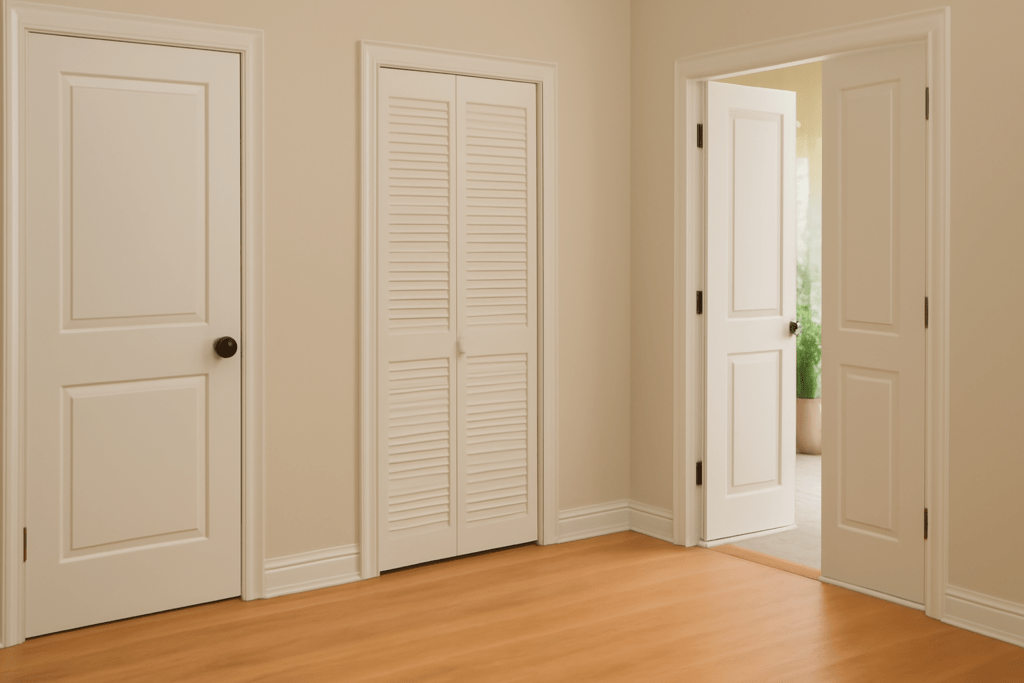
What Are the Traditional Interior Door Styles?
After exploring the different types of doors, we will now take you on a deeper dive into various door styles to help you better match the overall design of your home or project. Traditional doors feature raised panels, decorative mouldings, and sometimes arched designs. Their detailed craftsmanship adds elegance and a timeless feel. Traditional interior styles focus on charm and familiarity:
- Raised Panel Doors – These feature a prominent raised center panel framed by detailed molding, adding depth and elegance to any room.
- Bi-Fold Doors – Featuring a space-saving folding mechanism, these doors often incorporate a multi-panel design (such as a bi-fold version of the classic six-panel look) that blends practicality with a touch of traditional or modern charm, making them versatile for both formal and casual spaces.
- Louvered Doors (often used in closets) – Featuring angled slats, these doors allow for ventilation while maintaining privacy, making them a practical and stylish choice for storage areas.
These styles are common in older homes and popular among homeowners looking for a timeless aesthetic.

What Are the Modern Interior Door Styles?
Modern homes often feature a blend of functionality and contemporary aesthetics, with door choices playing a pivotal role in defining the space. Modern doors focus on simplicity with flat surfaces and sharp edges. They often have bold or neutral finishes and may include glass or metal accents:
- Shaker Doors – Rising trend for their clean lines and minimalist appeal, adding a touch of understated elegance to any room.
- Flush Panel Doors – Sleek, flat surface that complements modern interiors, creating a seamless and uncluttered look.
- French Doors – Great for light and visual space, allowing natural light to flow freely and enhancing the sense of openness.
- Sliding Barn or Pocket Doors – Perfect for open-concept layouts, these doors save space and offer a stylish way to divide or connect areas as needed.
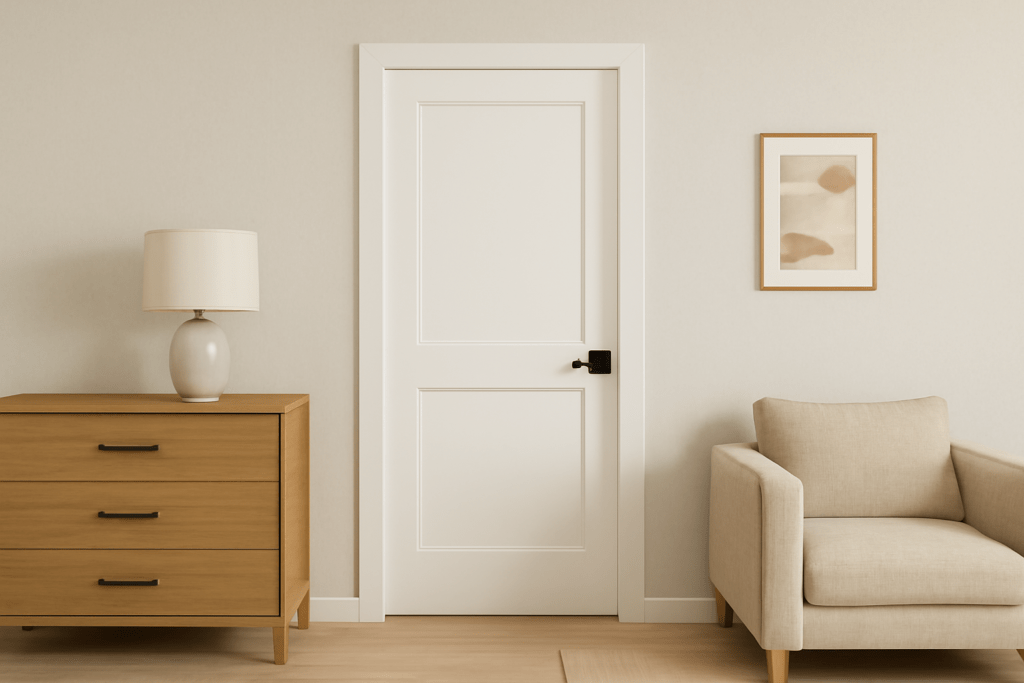
Professional Advice for Builders & Bulk Buyers
- Match doors to function When selecting doors for a project, it’s crucial to consider their intended use. For example, exterior doors should prioritize security, weather resistance, and insulation, while interior doors can focus more on aesthetics and sound control. High-traffic areas may require durable, easy-to-clean materials, whereas less frequently used spaces can accommodate more decorative options. By aligning door functionality with specific needs, you ensure long-term satisfaction and practicality.
- Order in bulk for consistency and pricing Bulk ordering doors from the same manufacturer ensures consistency in design, quality, and finish across your project. This approach minimizes variations in color, texture, or hardware that could disrupt the overall aesthetic. Additionally, purchasing in large quantities often qualifies you for volume discounts, reducing costs and improving project profitability. Coordinate with suppliers early to secure inventory and avoid delays.
- Choose a door that matches the style of your projectThe door style should complement the architectural design and interior decor of your project. For traditional homes, consider classic panel doors or louvered designs, while modern spaces may benefit from sleek flush panels or glass inserts. Consistency in door style enhances the cohesion of the design, creating a polished and harmonious look throughout the property.
- Consider local climate The climate in your project’s location should heavily influence door material and construction choices. In humid or coastal areas, opt for moisture-resistant materials like fiberglass or treated wood to prevent warping and decay. For colder regions, prioritize doors with high insulation values to improve energy efficiency. Understanding local weather patterns ensures your doors remain durable and functional over time, reducing maintenance and replacement costs.
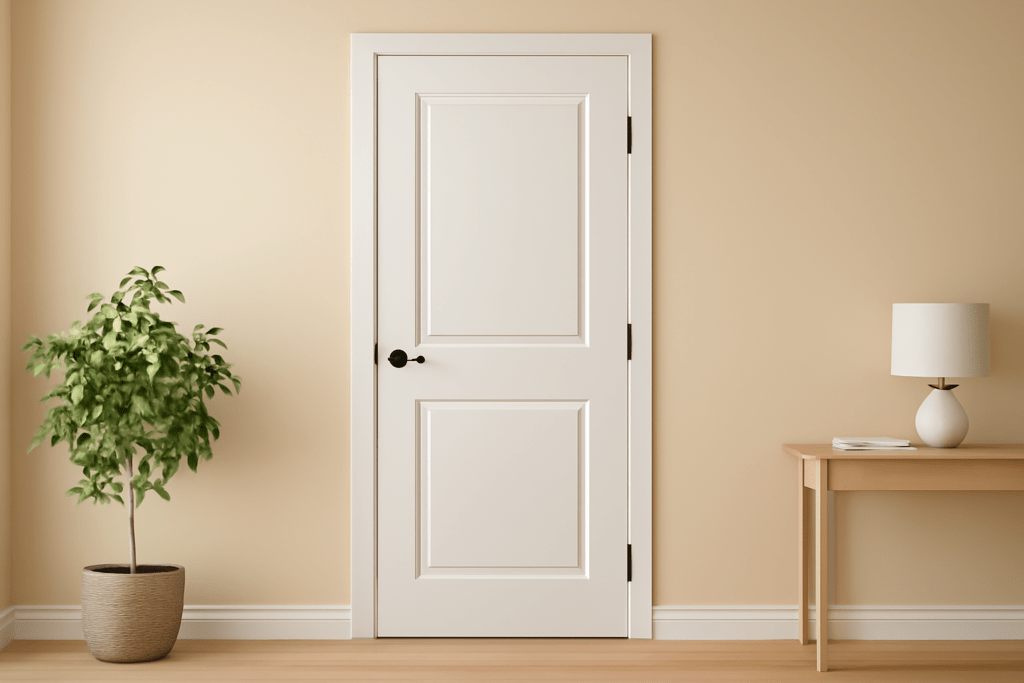
Summary
Choosing the right interior door is all about function, style, and budget. Whether you’re building new or replacing old doors, understanding your options ensures a smart investment. Have more questions? Drop a comment or reach out—we’re here to help.

